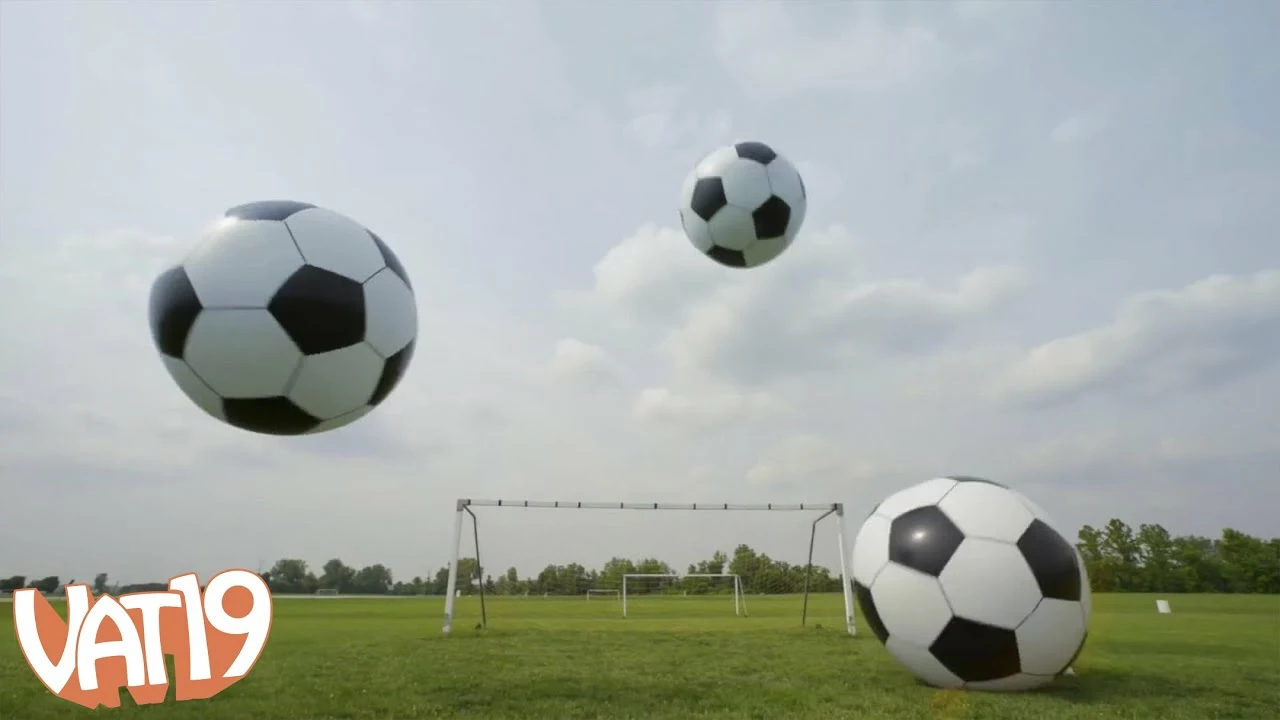Distance in Soccer – What It Means for Players, Passes and Shots
When you watch a match, the most obvious thing is the ball moving across the field. But there’s another hidden stat that tells a lot about a team’s style: distance. How many meters a midfielder covers, how long a forward’s runs are, or how far a striker’s shot travels – all these numbers affect the outcome.
Let’s break it down. First, the distance a player runs during 90 minutes. In top leagues, midfielders often log 10‑12 kilometres. That’s the equivalent of a half‑marathon done in a single game. Their job is to link defence and attack, so they’re constantly on the move, pressing, tracking back and finding space. If you’re a coach, watching those numbers can tell you if a player’s fitness is on point or if they’re getting overwhelmed by the opponent’s press.
Pass Distance – Short, Medium or Long?
Passes aren’t just about accuracy; they’re also about how far you send the ball. Short passes (under 15 m) keep possession tight and help maintain a high press. Medium passes (15‑30 m) are the bread‑and‑butter of most teams, allowing quick switches of play. Long passes (over 30 m) are riskier but can exploit space behind a high line. Teams that master the mix of these distances can stretch a defence and create scoring chances. Look at a side like Liverpool – they blend quick 10‑metre tiles with occasional 40‑metre thunders to keep opponents guessing.
When you analyse a match, check the average pass distance. A low average often signals a possession‑based approach, while a higher average suggests a more direct, counter‑attacking style. This metric helps you understand a team’s tactical identity without watching every play.
Shot Distance – Power vs. Precision
Shot distance matters just as much as pass distance. A close‑range finish (inside the six‑yard box) relies on precision and quick reaction. Mid‑range shots (15‑25 m) need a blend of power and placement, while long‑range strikes (30 m plus) are about power and surprise. Players like Cristiano Ronaldo have built reputations on scoring from 25‑30 m, turning a simple clearance into a goal.
Tracking shot distance can tell you if a striker is getting good service inside the box or if they’re forced to try spectacular long‑range efforts. Teams that create more chances inside the penalty area usually keep the average shot distance low, which leads to higher conversion rates.
So, why should you care about distance? Because it’s a simple number that reveals fitness, tactical choices, and effectiveness. Whether you’re a fan, a coach, or a player, keeping an eye on how far anyone moves, passes or shoots gives you a clearer picture of the game’s flow.
Next time you watch a match, try to notice the rhythm of movement: the midfielder’s endless runs, the winger’s switch‑play, the striker’s sprint into the box. Those distances aren’t just stats – they’re the heartbeat of soccer.

Will a soccer ball go farther filled with helium or air?
This article will explore whether a soccer ball will travel farther when filled with helium or air. In order to understand the answer, it's important to consider the properties of helium and air, and how each affects the ball's flight. Helium is a lighter gas than air, which means it will provide less resistance and help the ball to move more quickly. On the other hand, air is denser and will provide more resistance, slowing the ball's flight. Therefore, a soccer ball filled with helium will generally travel farther than a soccer ball filled with air. It is also important to consider the environment in which the soccer ball is released. If air is still and the ball is released in a windless environment, the ball filled with helium will have an even greater advantage and may be able to travel even farther.
View More